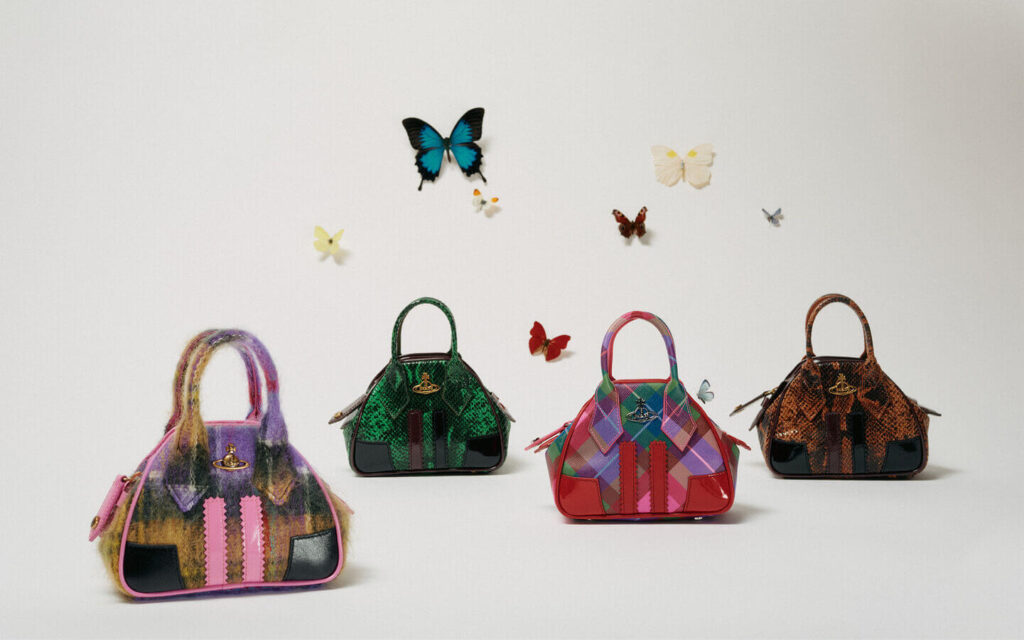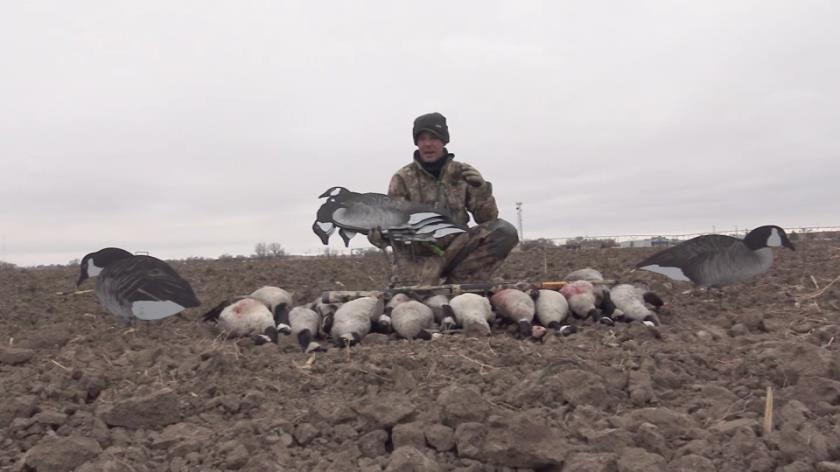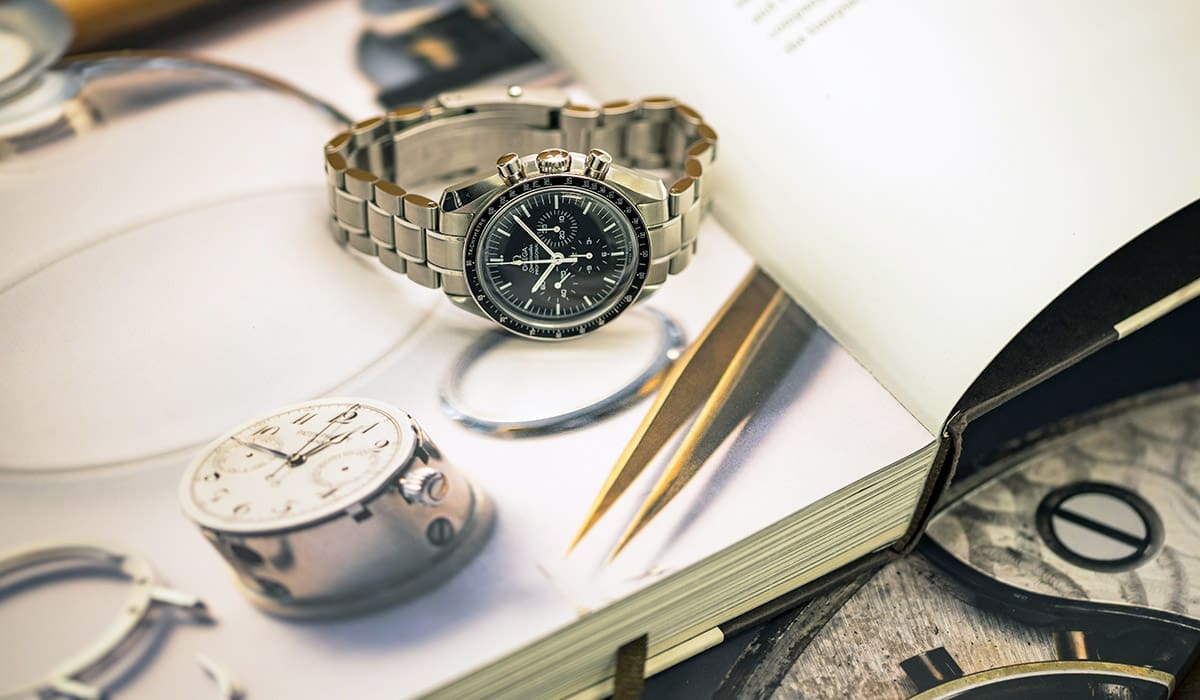To say Claudia Schiffer was ubiquitous as a model is an understatement — she once held the record for appearing on magazine covers, over 1,000 to date. The German model and designer is best known for being one of THE faces of the 1990s, and this year, she has a new book, Captivate!, which curates fashion photography from that era. She’s also taking the lead in curating a photo show, which opens on Sept. 15 at the Kunstpalast museum in Germany.
“The 1990s was a watershed decade that welcomed fashion photography and photographers as a driving force in visual culture,” Schiffer told BuzzFeed News in an email. One look at street style, Instagram, or the VMAs will tell you that the ’90s are back and more important than ever.
The exhibit and book are, as the museum promises, “Über Claudia Schiffer,” and include both portraits of Schiffer at the height of her fame and other iconic photographs of other supermodels. “Fashion photography is a democratic art form, circulating on billboards, digital platforms, packaging and in magazines, it has an enormous sphere of influence,” Schiffer said in an interview about the legacy of fashion photography, social media, and taking on new challenges.
The 90s are obviously making a comeback in a big way. Why do you think that people are so drawn now to the fashion of that era?
The 1990s was an extraordinary period which witnessed the rise of a culture of style, the birth of the supermodel, and fearless creativity. Young designers, photographers, stylists, and art directors, as well as hair and makeup artists, emerged and fundamentally changed the way we view fashion and design.
As a first-time curator, I wanted to encapsulate that vision of fashion which helped captivate and shape the perspective of a generation [during the 1990s]. There was an incredible merging of fields across fashion, music, art, and entertainment, and that made the era dynamic, exciting — the impossible became possible. I really wanted Captivate! to capture the visual experimentation and freedom of expression. The era’s photographic masters are emulated and referenced by influencers across Instagram. You can see how younger generations have been inspired and are rediscovering the decade in the way they’re dressing in vintage Levi’s and tanks, in slip dresses and Birkenstocks, and hunting out analogue vinyl albums and Polaroid cameras.
What was something that was great in the ’90s that has changed?
I think the industry is fundamentally the same, but it has grown beyond my wildest imagination. There are more collections, brands, the pace is faster and social media has had a huge impact. It’s been great for marketing fashion and beauty products, and for models, social media is a superb way to manage your own exposure. The flipside of the big exposure is perhaps the pressure to share everything with everybody. In the 1990s, you could still have a private life.
Can you tell us a bit about growing up, how you were discovered, became interested in and got into modeling?
I loved fashion and read all my mother’s fashion magazines. My mother always wore elegant outfits from Christian Dior and other chic brands. I was very much into the ’80s look: vintage jeans and baseball jackets. Modelling wasn’t particularly on my radar and I did not know much about it. When a modelling scout came up to me one night in 1987 and asked me if I wanted to be a model, I thought it was a joke and suggested my best friend. In a few weeks, I found myself in Paris and the rest is history! I hadn’t even ever been to this disco before that night, so over 30 years later I look back and can see how magical that moment was.
What were some of the pieces you were most excited to add to the collection?
Well, one favorite memory is from my time with German photographer Ellen von Unwerth in Paris when I was 17. We were both starting out and got on like a house on fire, just mucking around next to the Centre Pompidou in my own clothes. Cut to Paul Marciano, who saw the pictures and wanted us for Guess Jeans ad campaign. That was the beginning, and shortly afterwards Revlon rang asking me to be the face of its debut perfume for Guess. I remember flying around the US to every major city for signings in department stores that attracted huge crowds and appearing on all the major TV shows from Jay Leno and Oprah to David Letterman. After the campaign tour, I returned to my apartment in New York near Central Park. One morning, sleepy eyed with bed head hair, I was in the elevator when a person entered and asked, “are you the Guess girl?” I knew then my life had changed forever.
Who have been some of your favorite photographers to work with?
Ellen Von Unwerth, she was the first photographer I worked with and her pictures launched both of our careers. In the early years when we were both first signed for Guess. That’s your perfect shoot, where the chemistry between photographer and model happens. You can be as silly and naughty as you want, because there’s trust.
I’d also have to say Herb Ritts, because it was my UK Vogue Cover shot by him, which was the reason Karl first invited me to his studio at Rue Cambon in Paris. Herb was part of a handful of photographers, who just never got it wrong. Whether it was natural lighting or in a studio, his pictures didn’t need retouching. He had an eye for beauty, which was rare and that I’ve not often seen in my career. We worked together so many times during my career on covers, campaigns and TV commercials.
The book and exhibition include not only fine art images, but backstage snapshots as well. Why did you decide to include those in the book?
I wanted to show the numerous formats of fashion photography in the pre-digital age — from fine art prints to Polaroids, contact sheets, fashion magazines, to campaigns and model cards. I wanted to also create strong contrasts between iconic cover shots, runway imagery and candid backstage snaps. Where the 1980s was defined by perfectionist high glamour, the 90s was about energy, reality and personality and the show also captures that big shift.
I’m so happy and proud that we were able to secure many of these images — it is the first time many of these photographers, models and talents have been shown together in a group show.
Today there is no doubt that fashion photography belongs in art museums. In the 90s, was it difficult to get this kind of recognition, and why?
Let’s face it — no fashion photograph can be called iconic at its conception. That status
only comes with the test of time. For me, that was what was so exciting about the research — pinpointing these amazing moments that still speak today. The most memorable images are often provocative and challenge our perceptions of femininity. Look at Juergen Teller’s work — he makes you see beauty in a different way.
What images were the first ones you knew you had to include in the book?
One of the most amazing shoots was the Valentino campaign in Rome with Arthur Elgort. This shoot was the perfect example of how Elgort allowed stories to unfold in real life. The shot was based on Fellini’s iconic film La Dolce Vita and I played the role of Sylvia. Throughout the day, we attracted more and more attention until life finally imitated art: We were chased through the streets by paparazzi and crowds, just like Sylvia’s character in the mov
ie. In one balcony scene, a crowd of people formed below and when I was directed to wave out at them, they responded by chanting my name. It was surreal.
Can I ask your thoughts on how photography has changed since models and young brands have more power to control their image?
Since the birth of social media, fashion has witnessed a big sea change. There’s so much talent today that is diverse in race, age and increasingly, size. Individuality and personal style and expression is being championed like never before. Non-professional models have become a vital source of inspiration for their peer groups as well as for designers. It’s so healthy to see such diversity in faces and styles.
And models now have a voice — they are true polymaths, entering fields such as activism, sustainability, fashion design, technology, wellbeing, acting and they can enjoy multitrack careers. I think the supermodels provided the template. There is no ‘ageing’ out — look at Naomi Campbell, Kate Moss, Amber Valletta, or Cindy Crawford and her daughter Kaia, Georgina Grenville, Carolyn Murphy and myself — we all continue to work. For me, curating a show and editing a book represents a challenging and fulfilling new avenue.
How do you think that the coronavirus pandemic will shape fashion and photography going forward, or what do you hope will change?
First and foremost, the impact of the pandemic has severely affected the economic health
of the arts and culture sector across the globe. Galleries, institutions, studios and the people who work in both the public and private spheres are struggling for survival. My primary hope is that Captivate! both the exhibition and the catalogue attract a wide audience and boost a love of fashion and photography. The experience of attending a show in real time is unbeatable and the coffee table book brings the exhibition to anyone around the world, who can’t attend.
Who are some photographers working in fashion today who you admire?
There is so much talent. I’ve so enjoyed working with Inez & Vinoodh, and there are many more female photographers such as Tierney Gearon, with her haunting double exposure imagery. In this last decade, Cass Bird and Zoë Ghertner, who takes beautiful portraits of women of all ages, as well as Harley Weir, who is brilliant at capturing complex emotions have really caught my imagination.
Fine art photographer Collier Schorr is also a true original. We worked together on a cover story for Vogue Italia last year in an homage to Richard Avedon. Avedon’s practice was to shoot alongside a mirror turned towards the subject, so that, as a model, you could see yourself as he did and gauge what was and wasn’t working. Using the digital equivalent of a mirror, Schorr worked in the same way. It was a special collaboration and, just as with Avedon, her lighting was immaculate. I also admire the work of Tyler Mitchell. He has a fresh eye and I see some aspects of Guy Bourdin in his images. Every photographer must study the past first and then break away to create a vision of the present.





More Stories
Celebrity Fashion Trends That Ruled 2025
Best Dressed at the Oscars 2025
Top Streetwear Fashion Trends Dominating 2025